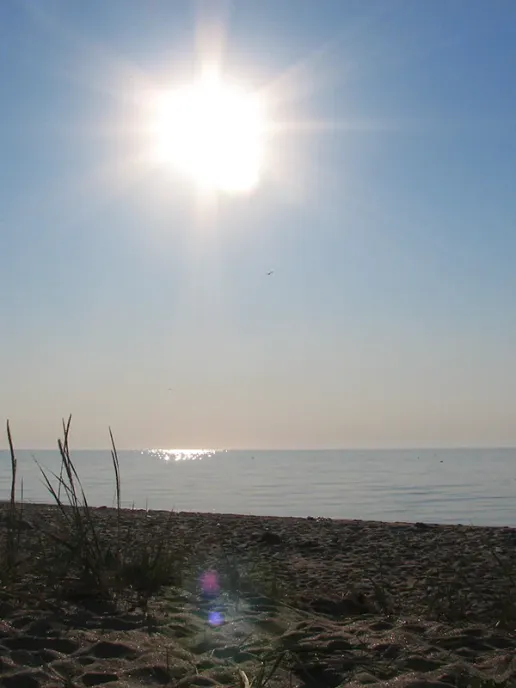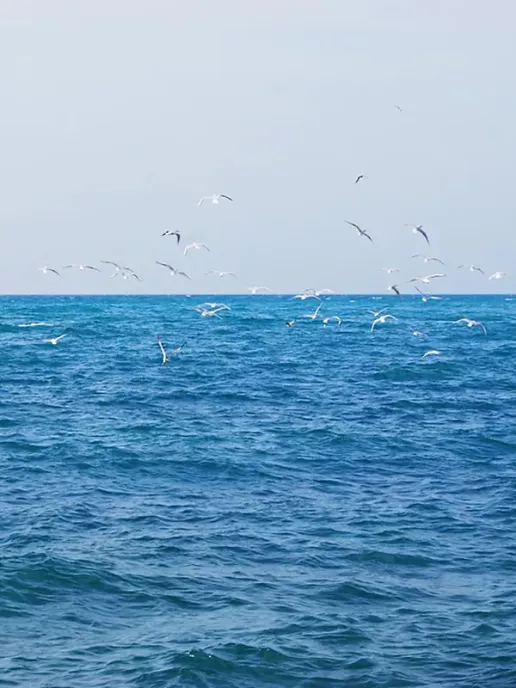Basic Information About the Sea Azov

Geographical features of the Azov Sea
The size of the Azov Sea is small - it is ten times smaller than the Black or Caspian Seas. With a maximum depth of fourteen meters, the Azov Sea has a record area of about forty thousand square kilometers, map of the Azov Sea. The greatest length of the Azov Sea is four hundred kilometers from the Arabat Spit to the mouth of the Don, and the width is about two hundred kilometers. Unlike such seas as the Aral and Caspian, surrounded on all sides by land, the Azov Sea is connected through the Kerch Strait and the Black Sea with the oceans, which ensures the constancy of the water level in it.
Climate of the Azov Sea
The salinity of the water in the Azov Sea is much lower than in the neighboring Black Sea, which is also caused by its shallow depth and a large influx of fresh water from the Don and Kuban rivers, as well as small rivers of the Azov Sea. In addition to fresh water, rivers carry a large amount of nutrients to the Azov Sea. The shallowness of the Azov Sea contributes to the rapid heating of its waters, the temperature of which in winter rarely drops below zero in Celsius, and in summer it rises to twenty-eight degrees, in some places - up to thirty-two. Climatic conditions and weather on the Azov Sea are continental, with little rainfall, but the sea softens the steppe climate and creates acceptable conditions for recreation on the Azov Sea.
Rest in the resorts of the Azov Sea
Like any other sea, Azov is one of the favorite summer vacation spots for many tourists from different countries. The Azov Sea is best suited for families with children, but given the huge variety of cities and resorts of the Azov Sea, everyone can have a good rest on it.




